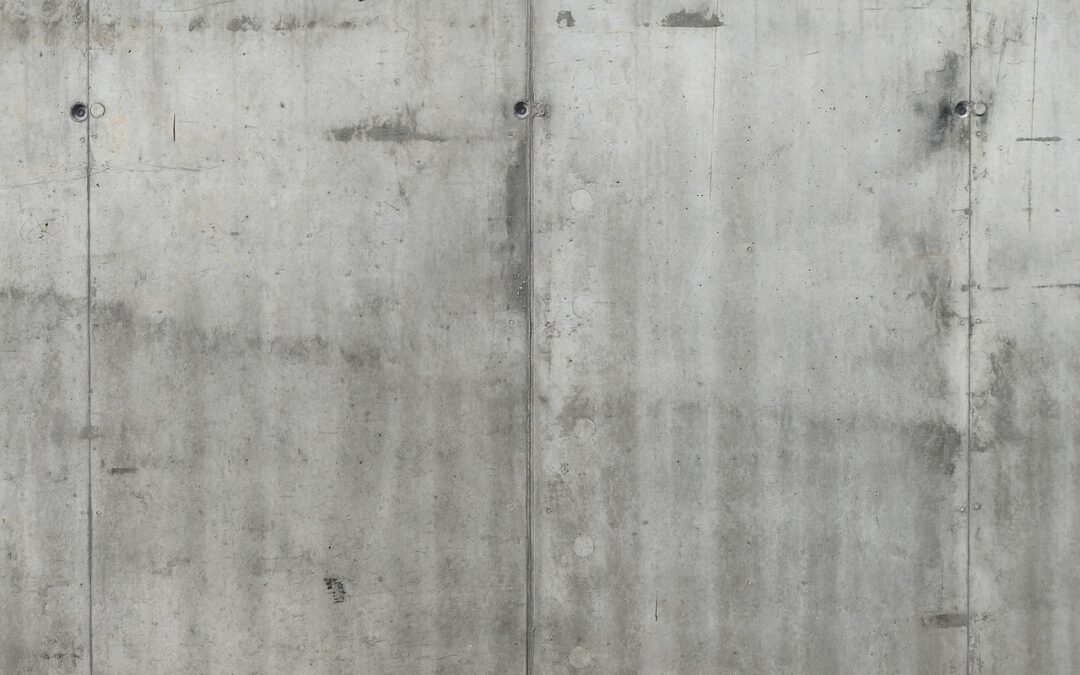Contents
Concrete for Schools: A Foundation for Learning and Growth
Imagine a school where the outdoor spaces are as inviting as the classrooms within. The playground is a vibrant tapestry of colors and textures, with durable concrete surfaces that withstand the energetic footsteps of young learners. The walkways are smooth and safe, providing a seamless connection between buildings and learning environments.
Concrete, the backbone of these transformative spaces, is not just a construction material; it’s an investment in the future of our children. Its strength and longevity ensure that these spaces will endure the rigors of childhood and beyond, providing a solid foundation for learning and growth.
The Benefits of Concrete for Schools
Durability and Longevity: Concrete withstands the wear and tear of heavy foot traffic, extreme weather, and playful children, making it an ideal choice for high-traffic areas like playgrounds, sidewalks, and courtyards.
Safety and Accessibility: Smooth, level concrete surfaces minimize tripping hazards and provide wheelchair accessibility, ensuring that all students can fully participate in outdoor activities.
Aesthetics and Versatility: Concrete can be colored, stamped, or textured to create visually appealing and functional spaces that complement the school’s architecture and enhance the learning environment.
Cost-Effective: Concrete is a cost-effective material that requires minimal maintenance and repairs, saving schools money over the long term.
Planning the Perfect Concrete Space
When designing concrete spaces for schools, it’s crucial to consider:
Purpose and Function: Determine the intended use of the space, whether it’s a playground, walkway, or multi-purpose area, to ensure the concrete’s thickness and reinforcement meet the specific requirements.
Safety and Compliance: Adhere to industry standards and safety regulations to create spaces that protect children and comply with accessibility guidelines.
Visual Appeal: Choose colors, textures, and patterns that enhance the school’s aesthetic and create an inviting atmosphere for students and staff.
Types of Concrete for Schools
Stamped Concrete: This technique creates the look of brick, stone, or other materials, adding decorative flair to walkways, patios, and courtyards.
Colored Concrete: Pigments are added to the concrete mix to achieve a wide range of colors, allowing for customized designs and color coordination with school buildings.
Permeable Concrete: Designed to allow water to pass through, this concrete reduces runoff and minimizes flooding, making it an eco-friendly choice for parking lots and other areas.
Decorative Concrete: Decorative aggregate or dyes are added to create artistic and eye-catching surfaces that enhance the aesthetics of outdoor spaces.
Success Stories
City Elementary School: A vibrant playground made with colored and textured concrete transformed the school into a cheerful and inviting space, encouraging physical activity and social interaction among students.
County High School: Smooth concrete walkways and a spacious courtyard provided safe and accessible pathways for students, creating a pleasant and functional learning environment.
Conclusion
Concrete for schools is more than just a building material; it’s an investment in the well-being of our future generations. Its durability, safety, and versatility make it the ideal choice for creating spaces that foster learning, growth, and lasting memories. By carefully planning and selecting the right type of concrete, schools can create outdoor environments that inspire, motivate, and enhance the educational experience for all.
TL;DR: Concrete for Schools
Concrete is an exceptional choice for schools due to its durability, safety, cost-effectiveness, and aesthetic versatility. By considering factors such as purpose, function, safety, and visual appeal, schools can create outdoor spaces that meet the specific needs of their students and staff, fostering a positive and enriching learning environment.

